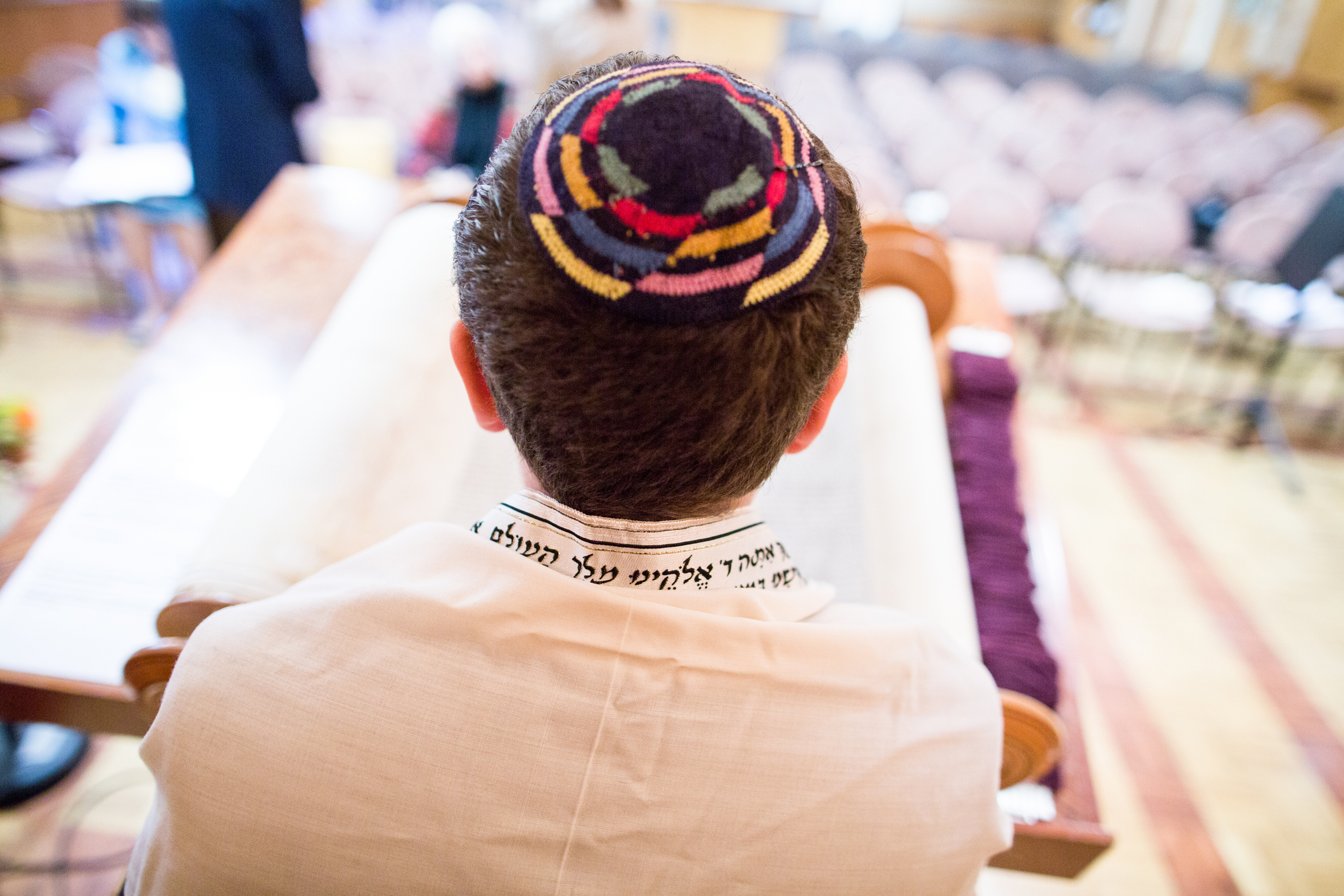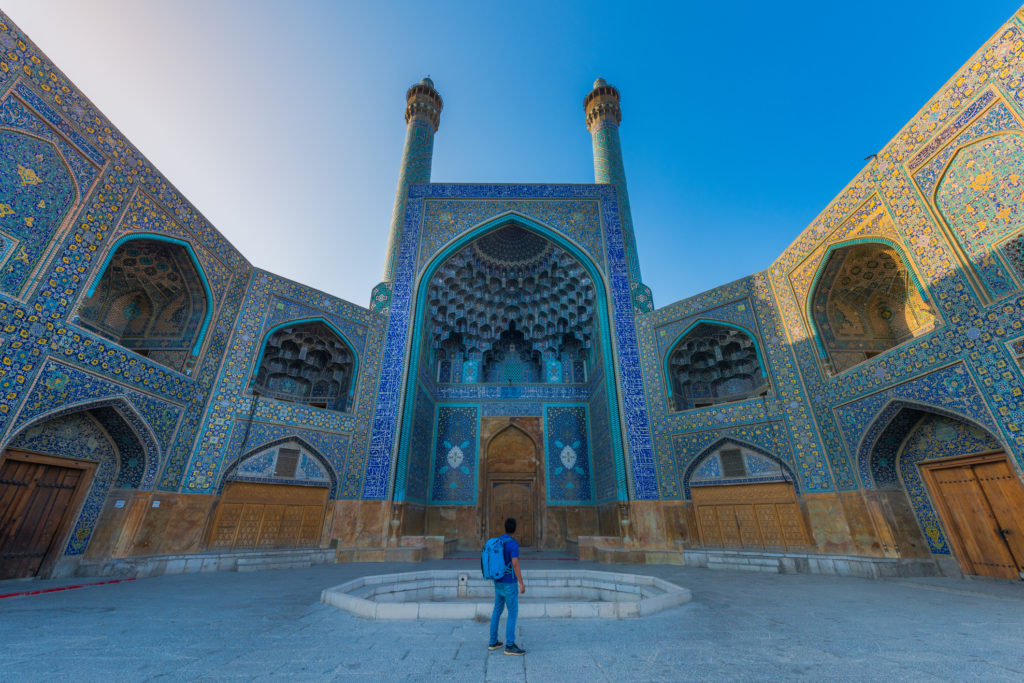The Hebrew Calendar is different in many ways from the Gregorian Calendar. Today, it is still officially recognized in Israel and by members of the Jewish faith all over the world.
The most common way to mark a new day is when the clock strikes twelve midnight. As the sun rises and the world begins slowly waking up, it is generally agreed that it is the start of a new day. However, for the Hebrew Calendar, it literally marks the new day at sunrise, not sunset.
It is one aspect of a complex time-keeping system. By measuring not only by the sun, but also the moon cycles, it is a lunisolar calendar.
As the basis of the Jewish religion, it also measures how astronomy affects the human state. Jewish astrology and zodiac signs that is believed to link to states of higher consciousness.
What are the Jewish Months?
The 12 months that make up the Hebrew calendar and their general place within the Gregorian calendar are as follows:
- Shevat (January-February)
- Adar (February-March)
- Nisan (March-April)
- Iyyar (April-May)
- Sivan (May-June)
- Tammuz (June-July)
- Av (July-August)
- Elul (August-September)
- Tishrei (September-October)
- Heshvan (October-November)
- Kislev (November-December)
- Tevet (December-January)
In the case of a leap year, the additional month added to the calendar is known as Adar II and is inserted after the month of Adar.
How long is a Jewish Year?
According to the Hebrew calendar, the length of year varies slightly from year to year. This variation comes depending on whether it is a leap year or not. A regular Jewish Year consists of between 353 and 355 days.
It includes six twenty-nine-day-months and six thirty-day-months, which splits the lunar calendar of roughly 29.5 days evenly among each month.
A leap year is made up of 383, 384, or 385 days. This is true because of the additional month that is added to the Hebrew calendar whenever a leap year falls.
What Jewish Year is it?
The Jewish year begins at Rosh Hashanah (Jewish New Year) and marks the beginning of the month of Tishrei. The name translated loosely to ‘head of the year’ and marks the time that mankind was created.
Although this is the 9th month in relation to the Gregorian calendar, it is the 7th according to the Hebrew counterpart. By the Hebrew calendars calculations it is the year 5779, with the count beginning at 3761 BC.
What is the Hebrew Calendar Based On?
The Hebrew calendar marks a count between three cycles in the solar system:
- The rotation of the Earth around its axis
- The moon’s orbit around the Earth
- The Earth’s orbit around the sun
It is from these three cycles of time that the Hebrew calendar’s days, months, and years are made. This concept isn’t too different from the Gregorian calendar, the most common system used throughout the world, but it is much more complex.

Image: The Jewish year and how it separates into days and months. Source
The Hebrew Calendar is used to perform two specific tasks. The first is serving as a tool to help reconcile the solar and lunar calendars. The second is to ensure that Jewish religious holidays and festivals are always celebrated at the right time of year. Jewish festivals are marked by astronomical events.
These mark important points in time celebrated at times when astronomical. Also the lunar and solar lengths grew further apart.
The Hebrew Calendar adheres strictly to the motions of our planet in the solar system. That means balancing the lunar cycle and the solar cycle, making it a Lunisolar calendar.
The influence of the sun and moon is in constant ebb and flow. There are things that effect our relationship to them including gravity, orbit variables, as well as the moon phases.
As these celestial cycles play out in the real world, the calendar system tracks them.
The Difference Between the Gregorian Calendar and the Hebrew Calendar
The Gregorian calendar is a purely solar one. This means it measures only the Earth’s rotation around the sun. It amounts to one solar year of 365 days. To keep the calendar synched up to this number, each month has 28, 30, or 31 days. These are arbitrary numbers adopted for simplicity.
The Hebrew system, combines both planetary motions in a beautiful way. It records the coinciding of the lunar months with the solar year.
It’s no easy task.
The lunar and solar cycles are quite different to each other in length. When measuring the two, one pulls ahead of the other. To counter this, repeating cycles in place to help ‘restart’ the dates and keep everything in line.
Each Jewish lunar cycle (or lunar month) is around 29.5305 days whereas each solar year is 365.242 days. Because these two numbers don’t divide into each other, a lunar year usually works out to be 11 days shorter than a solar year.
To help bridge the gap between the two, there is occasionally a leap month added to the year. This is similar to the Chinese calendar and is inserted periodically to keep the calendars in sync.
The 19-Year Cycle and the Harmony of the Leap Year
As the time flows and shifts, there are subtle differences that begin appearing between the solar and lunar years. This is why there is sometime a leaps month added to the Hebrew calendar. The insertion of this month works as part of a 19-year cycle that always restarts to keep the calendar in time.
Within this 19-year cycle, there are 12 regular years, and seven leap years. These leap years occur when an extra ‘leap’ month is added to the Hebrew calendar.
Every 3rd, 6th, 8th, 11th, 14th, 17th, and 19th year within the 19–year cycle there is a leap month inserted into the calendar. This may seem a little complicated at first, however it is quite the opposite. In a similar way to the harmony of music, the cycles of leap years follow the same scale:

Image: The leap years of the Hebrew calendar in relation to the musical scale. Source
When comparing the Hebrew leap years with the musical scale, notice the pattern that emerges. For each ‘tone’ there are two regular years and one leap year, while for each semi-tone there is one regular year and one leap year.
The cycle is in harmony with the solar system as music is within a scale.
Astrology & Zodiac Signs of the Hebrew Calendar
The Hebrew calendar does more than just measure time. It also takes into account more personal purposes. Each month of the Jewish year equates sign of the Jewish zodiac, a color, one of the 12 tribes of Israel, a part of the body, as well as a sense.
As one understands the calendar, it is thought that a deeper personal knowledge will be gained.

Image: The 12 months of the year with their Jewish Zodiac Signs and traits. Source
The Jewish faith says that once an individual understands the Hebrew calendar they will better understand their place in the world.
The solar system and cycles of time are said to help reach states of higher consciousness.
Conclusion
The Hebrew Calendar is one of precision and cultural meaning. Not only does it measure the motions of the sun and the moon, it relates human’s to these cycles which helps us better understand our place in the wider universe.
The Jewish religion and astrology is one based on master astronomers to observe and document the slow cycles of the heavens above. Each of these show the elegance of ancient astronomy.
Now it’s up to you. Do you use the Hebrew Calendar? Do you see similarities to systems used by other cultures?
Further readings:
https://www.chabad.org/library/article_cdo/aid/526875/jewish/The-Jewish-Calendar-Year.htm
https://www.lzb.lt/en/2017/02/10/some-features-of-the-jewish-calendar/
https://www.broydeblog.net/uploads/8/0/4/0/80408218/mathematical_analysis_s.pdf




























